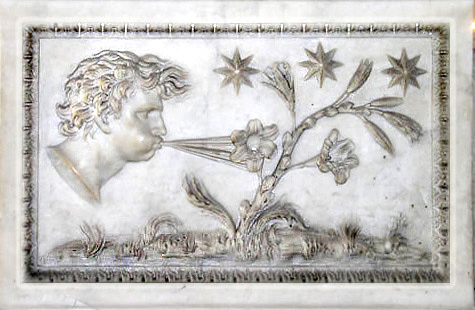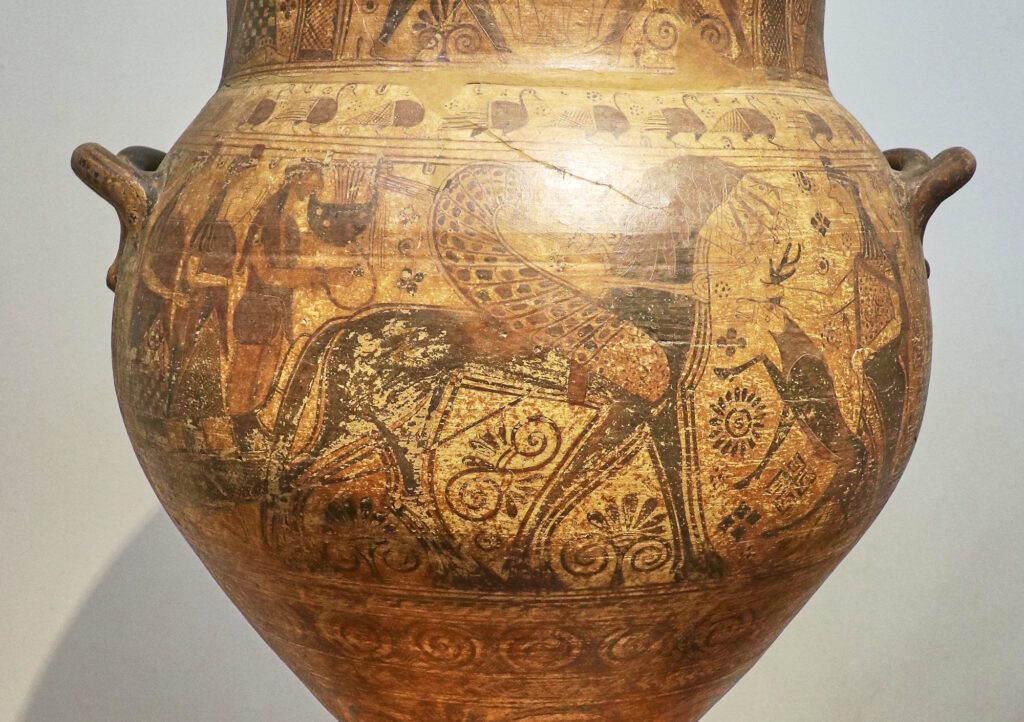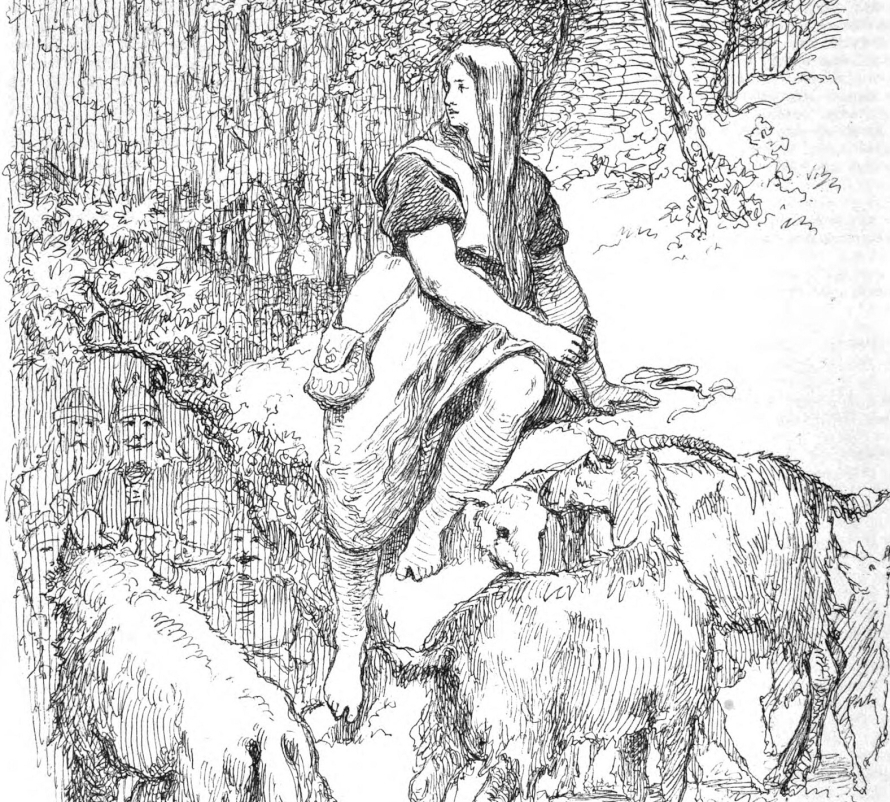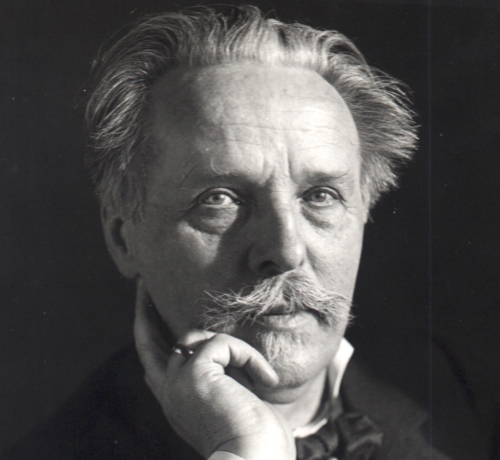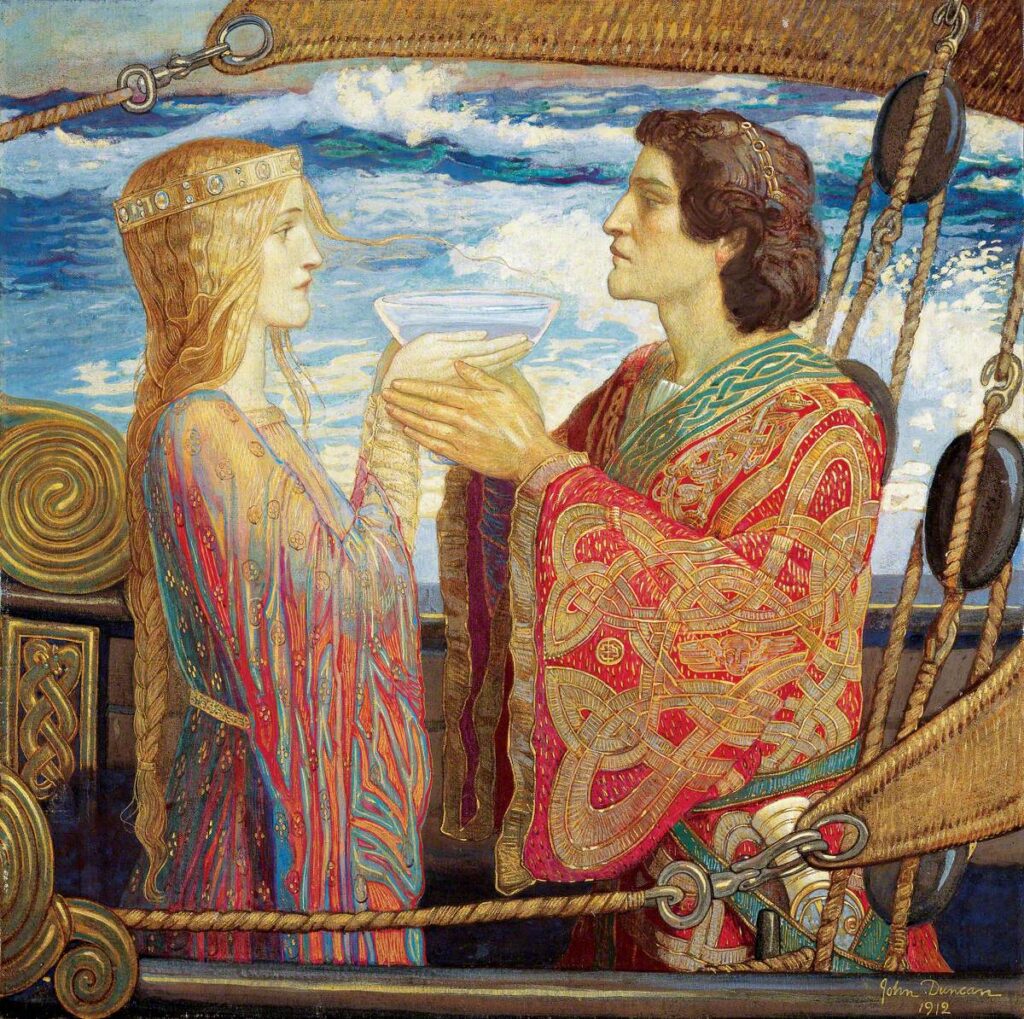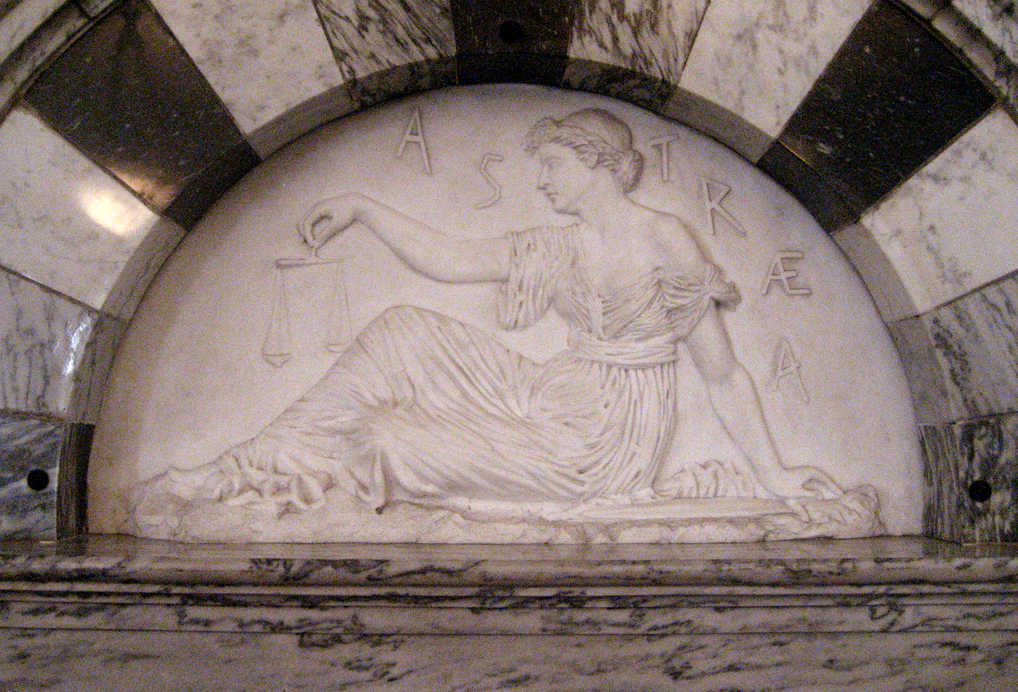Focus On: (432) Pythia
The Pythia was the high priestess and oracle of the temple of Apollo at Delphi. Established by the 8th century BCE (though some sources date the shrine’s beginnings around 600 years farther back), the Pythia became pre-eminent by the 7th century BCE. Widely respected, the priestess continued to be consulted until the late 4th century CE.
Focus On: (432) Pythia Read Post »


